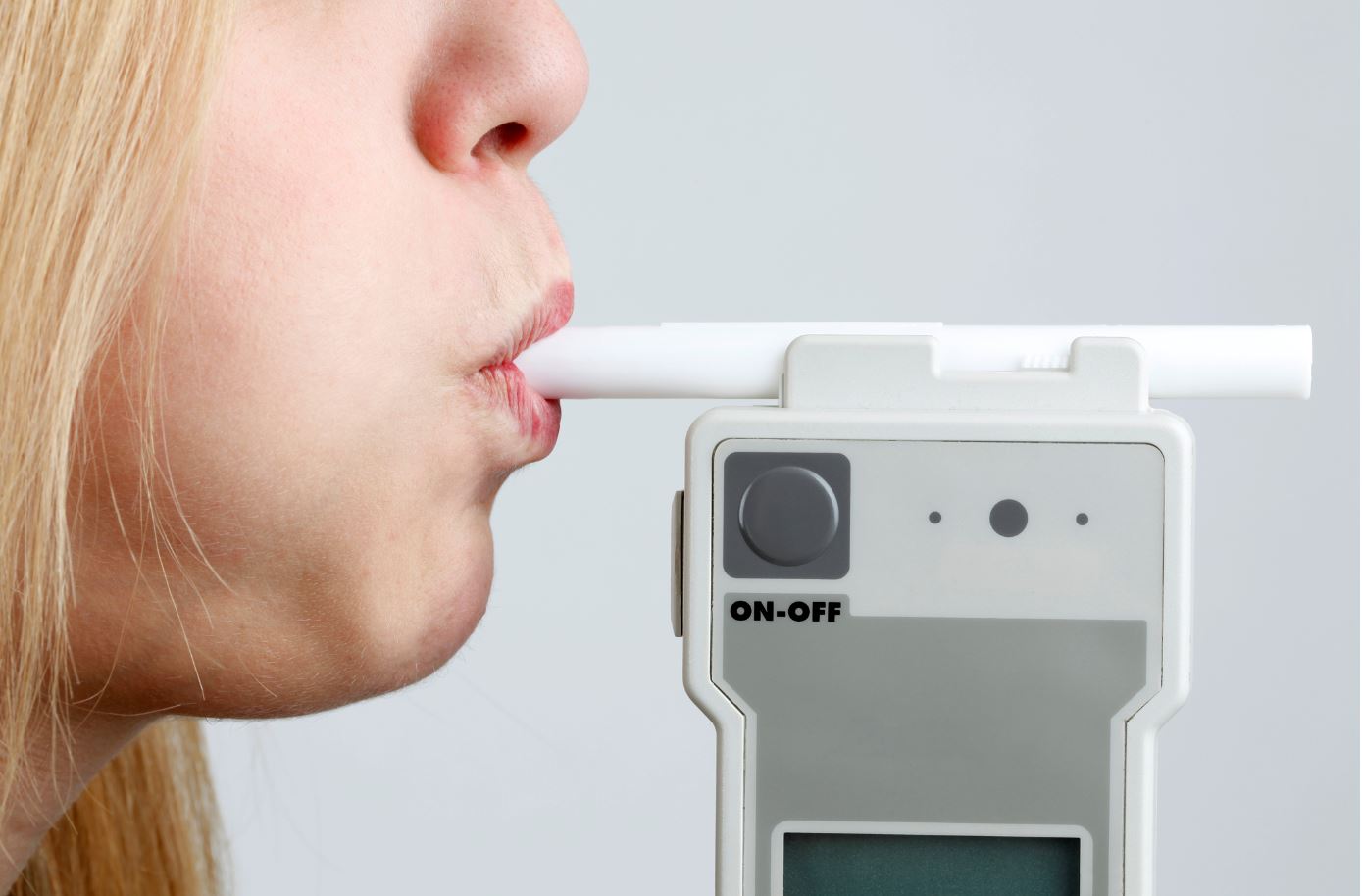 |
| Photo credit Flinders University |
The study involved 181 patients suspected of early-stage head and neck cancer before any treatment. A sample of each patient's breath was collected and then subjected to a high-tech machine called flow-tube mass spectrometer. This is a machine that can separate molecules based on the mass of the individual electrically-charged molecules. In addition the researchers used statistical modeling to develop a breath test that could differentiate cancer from non-cancer molecules.
The result was an average sensitivity of 85 percent, meaning the test correctly caught the cancer molecules 85 percent of the time. As importantly, the test also reached 85 percent specificity, meaning the test accurately ruled out the non-cancer molecules 85 percent of the time. In other words the test was able to recognize true positive cancer molecules and true negative molecules 85 percent of the time.
The group hopes to develop a non-invasive test for detecting head and neck cancer earlier when most such cancer can be effectively treated.
"With these strong results, we hope to trial the method in primary care settings, such as GP clinics," says co-lead author Dr Nuwan Dharmawardana in a press release. "To further develop its use in early-stage screening for HNSCC in the community,"
The study was published in the British Journal of Cancer.
Source: Flinders University press release and British Journal of Cancer


No comments:
Post a Comment